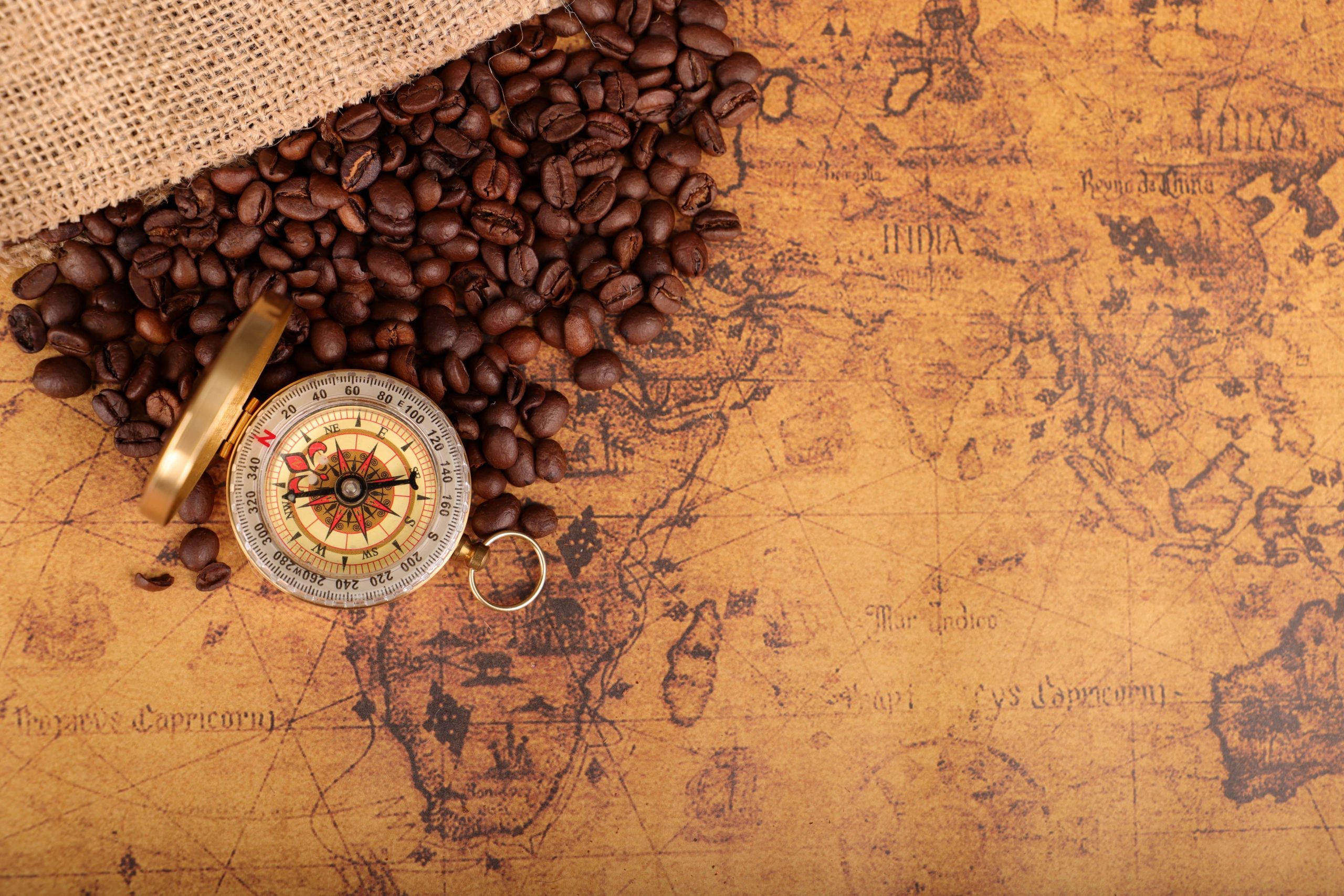
Coffee is a global phenomenon, with various types produced in different regions, each offering unique flavors and characteristics. From robust Arabica to strong Robusta, the types of coffee produced today cater to diverse palates and preferences. In this blog post, we'll explore the major types of coffee produced around the world, highlighting what makes each one special.
1. Arabica Coffee
- Description: Arabica is the most popular type of coffee, accounting for about 60-70% of the world’s coffee production. Known for its smooth, complex flavor and balanced acidity, Arabica is grown primarily in Latin America, Africa, and parts of Asia.
- Key Regions: Brazil, Colombia, Ethiopia
- Flavor Profile: Sweet, soft, with hints of fruit, sugar, and chocolate
2. Robusta Coffee
- Description: Robusta is the second most popular type of coffee, known for its strong, bold flavor and higher caffeine content. It’s typically used in espresso blends and instant coffee due to its intense, bitter taste.
- Key Regions: Vietnam, Brazil, Indonesia
- Flavor Profile: Bitter, earthy, with a woody or nutty taste
3. Liberica Coffee
- Description: Liberica is a rare type of coffee with a unique flavor profile. It’s grown mainly in West Africa and Southeast Asia and is known for its large, irregular-shaped beans.
- Key Regions: Philippines, Malaysia, Liberia
- Flavor Profile: Smoky, floral, with a fruity or woody aftertaste
4. Excelsa Coffee
- Description: Excelsa is a variant of Liberica, often considered a distinct type due to its different flavor characteristics. It is mainly grown in Southeast Asia and is used in blends to add complexity.
- Key Regions: Southeast Asia
- Flavor Profile: Tart, fruity, with a unique, lingering flavor
5. Specialty Coffee Varieties
- Description: Specialty coffee varieties are grown under unique conditions, offering rare and exquisite flavors. These include Ethiopian Yirgacheffe, Jamaican Blue Mountain, and Hawaiian Kona, each prized for its distinct taste and high quality.
- Popular Varieties: Ethiopian Yirgacheffe, Jamaican Blue Mountain, Hawaiian Kona
- Flavor Profile: Varies by region, often complex, aromatic, and with distinct regional notes
The world of coffee is vast and varied, with different types catering to diverse tastes. Whether you prefer the smoothness of Arabica, the boldness of Robusta, or the unique flavors of Liberica and Excelsa, there's a coffee type for everyone. Explore these varieties and experience the rich diversity that coffee has to offer.
Explore these coffee types and enjoy the diverse flavors that the world’s coffee producers have to offer!


